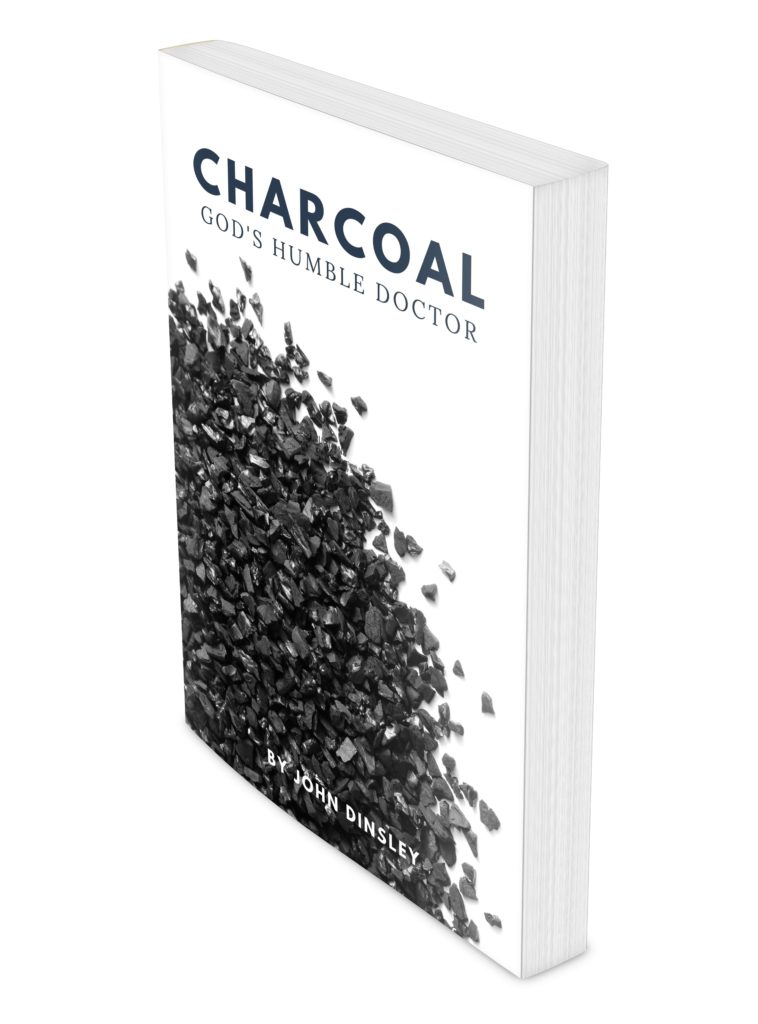Dust Mites
 House dust mites are associated with allergies and with people worldwide who suffer from asthma. They are unwanted guests in every home. They thrive on flakes of shed human skin. The mite’s gut contains potent digestive enzymes which they poop everywhere which can induce wheezing in allergic individuals. It has been discovered that charcoal fibers are a potent house dust mite insecticide. Who would have guessed? Below is some interesting research. How to use the charcoal fiber cloth as a deterent is left to one’s creativity, but some install the charcoal cloth in heat vents.
House dust mites are associated with allergies and with people worldwide who suffer from asthma. They are unwanted guests in every home. They thrive on flakes of shed human skin. The mite’s gut contains potent digestive enzymes which they poop everywhere which can induce wheezing in allergic individuals. It has been discovered that charcoal fibers are a potent house dust mite insecticide. Who would have guessed? Below is some interesting research. How to use the charcoal fiber cloth as a deterent is left to one’s creativity, but some install the charcoal cloth in heat vents.
Effect of Activated Charcoal Fibers on the Survival of the House Dust Mite, Dermatophagoides pteronyssinus: A Pilot Study
Abstract:
House dust mites produce potent allergens that exacerbate asthma in sensitized patients, whom are recommended to practice allergen avoidance within their home environment. We tested the effect of activated charcoal impregnated fibers on house dust mite survival. One hundred live adult house dust mites (Dermatophagoides pteronyssinus) were added to eight culture dishes preequilibrated at room temperature ( ) and 70% humidity ( ) containing house dust mite food and active charcoal fibers. At 10 minute intervals, live and dead house dust mites were counted. All house dust mites instantly attached to the activated charcoal fibers and started to shrink almost immediately. There were no live house dust mites present as early as 40 minutes in some dishes while after 190 minutes all house dust mites were dead. In conclusion, activated charcoal fibers, if incorporated into bedding items, have the potential to control house dust mites in the indoor environment. Activated Charcoal Kills Dust Mites
Activated Charcoal Suppresses Breeding of the House Dust Mite, Dermatophagoides Pteronyssinus, in Culture
Abstract:
House dust mite sensitized asthmatics are advised to practice allergen avoidance. Charcoal pillows are used in Korea with unsubstantiated claims regarding their efficacy in alleviating asthma symptoms. We tested the effects of activated charcoal on breeding of house dust mites in culture. Twenty live adult house dust mites (Dermatophagoides pteronyssinus) were inoculated, 10 replicates, on culture media containing 0%, 1%, 3%, 5%, 10%, and 20% activated charcoal and incubated at 25℃ and a relative humidity of 75%. After four weeks, the mean numbers of live house dust mites were 286, 176, 46, 16, 7, and 0 for the 0%, 1%, 3%, 5%, 10%, and 20% charcoal-containing culture media, respectively. Thus, activated charcoal suppresses breeding of house dust mites and offers a new promising method for house dust mite control.Activated Charcoal Suppresses Breeding of House Mites




John Dinsley
Born in British Columbia, Canada, John Dinsley has lived, and worked from South America to the North Pole, from Nova Scotia to Nepal. He is trained as a lifestyle counselor, teaches public health programs, home remedies workshops, and has operated a family care home. He and his wife Kimberly are the owners of Charcoal House LLC. They often travel together across the U.S. and internationally to conduct charcoal workshops. He is a carpenter by trade, has managed an organic market garden business, and volunteered in overseas development work. When he is not building, teaching or gardening, he enjoys writing.
Get your free ebook

